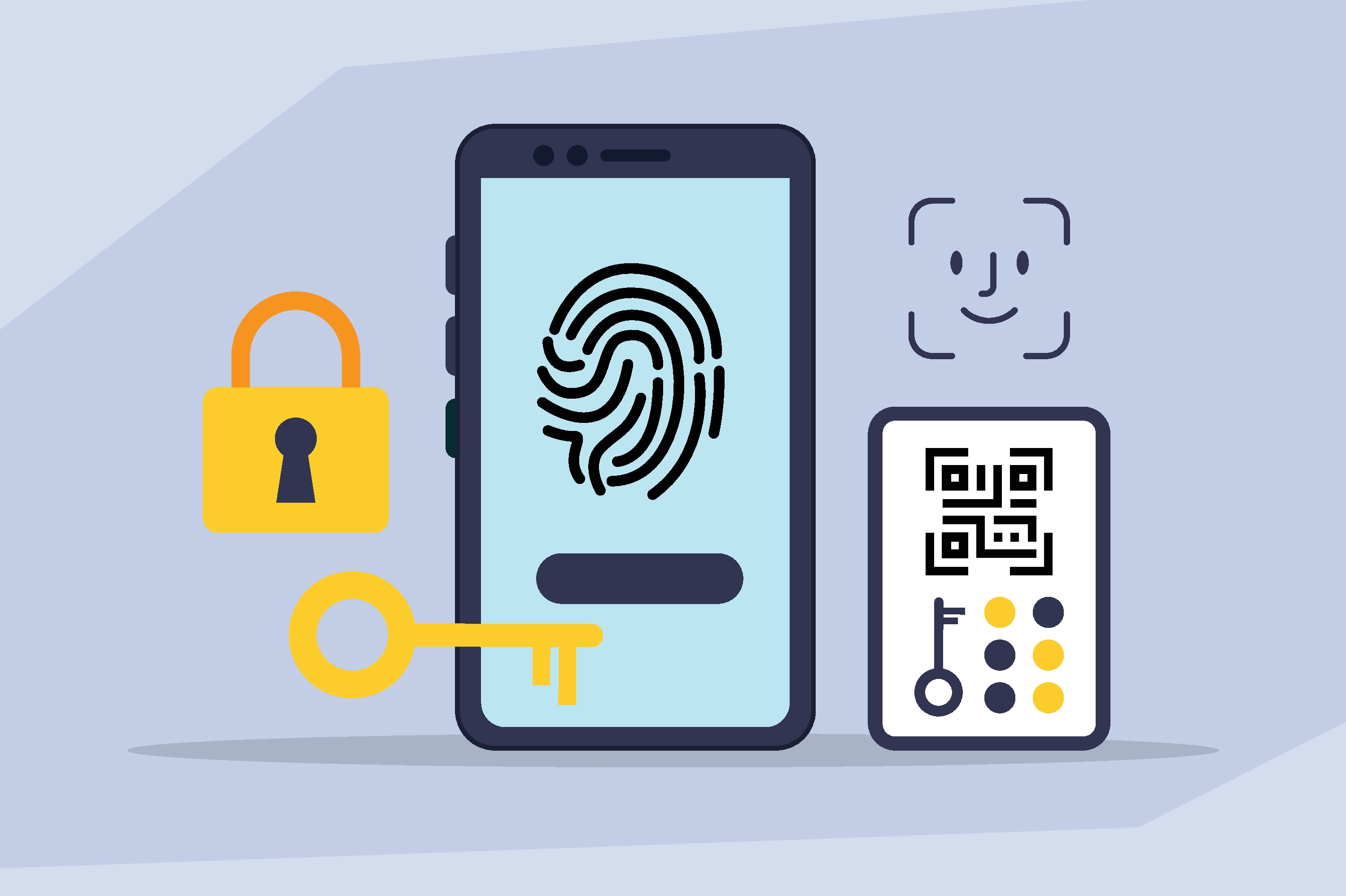Retail Banking: Six Steps to Improving the Collections Experience


Financial services providers now serve and communicate with their customers using an array of digital channels. Customers expect these interactions to be highly personalized, timely, convenient, and reliable. Last year, a BBA (British Banking Association) report discovered that customers are now using mobile banking apps more than 7,610 times a minute, or four billion times a year.
While banks have strived to respond to the changes in consumer behavior over the past 10 years, there is one area of banking that has not evolved in the same way: missed payments and collections. In the banking industry, collections have occurred through old methods—outbound calls and letters—to recover missed payments. This is at odds with how customers are engaging with their banks today, and it’s possible to offer other ways to pay while operating within the ‘Treating Customers Fairly’ guidelines.
How a bank deals with a missed payment or an account in arrears can be a pivotal moment in the relationship with each customer
How a bank deals with a missed payment or an account in arrears while maintaining compliance and adherence to a whole host of FCA regulations, including the Consumer Credit Sourcebook, can be a pivotal moment in the relationship with each customer. The customer lifecycle in banking can potentially last from birth to retirement, so it’s crucial that banks adopt longer-term engagement strategies for missed payments and collections.
1. Foster an open and agile approach to digital developments
Digital initiatives don’t have to be overwhelming. Banks should take a gradual approach to digital adoption, choosing the best technology-driven processes to improve customer service and increase revenues. It’s worthwhile running several ‘test and learn’ pilots with specific groups of customers or call center agents to identify which services should be rolled out further. Often technologies, such as automated card registration and payments via SMS, IVR (interactive voice response), and the web, don’t require significant infrastructure investments. However, once the case is proven, it will make a big difference to both customers and providers.
2. Widen payment options
Don’t solely rely on standing orders, current accounts, and direct debits for collecting regular payments because consumer behavior has changed. Additional payment methods, based on each customer’s preferences and their product, will increase the funds recovered without the need to charge additional fees or spend extra time on increasingly inefficient call-based collections. It is possible to treat customers fairly and work to the principles of the Consumer Credit Sourcebook by offering and promoting the use of self-serve channels. When used appropriately, these give customers more control and allow funds owed to be settled in a less embarrassing or emotional manner.
3. Personalize payment and communication preferences
Banks need to analyze customer behavior to respond better to preferences around payment dates, service methods, and billing. Personalized payments and communications, such as the use of tokenized payment details and one-time payment links, decrease friction, increase customer satisfaction, and reduce churn. They also significantly lower the cost and effort associated with collecting unsettled payments. Banks that invest in sophisticated decision engines—allowing them to personalize all the contact with each customer—are learning more than simply relying on traditional, group-based customer insight.
4. Pre-delinquency
Communicating with customers at an earlier stage in the collections cycle, before implications become critical, will reduce the operational cost of each payment and relationship. Again, depending on the product that the customer has, strategies—such as sending high-risk customers a friendly reminder before their payment is due or offering different channels for payment—can make a huge difference. Further messages can then be sent if the account becomes overdue.
5. Redefine payments and collections
Banks must re-evaluate their operational practices and processes to place payments and collections further up the agenda, thinking differently about delivering the customer journey. In a highly competitive industry, this is a measurable way to improve customer satisfaction.
Rather than waiting for customers to phone into your call center or repeatedly dialing out to speak with them, it’s more effective to encourage customers to self-serve through digital channels when it’s convenient for them. Services like ‘Pay by SMS,’ preferred card registration, web bill payments, and IVR are ideal choices.
6. The opportunity
The ongoing disconnect between the engaging, digital experiences that banks offer customers in everyday communications and how they recover missed or late payments is still striking. While a few retail banks are leading the way, the majority need to reduce friction around payments and collections to lower their overall cost to collect and improve customer satisfaction.

Keep reading
 Read the article: Prove Launches ProveX℠, the Internet’s First Digital Trust Exchange
Read the article: Prove Launches ProveX℠, the Internet’s First Digital Trust ExchangeProve launches ProveX, ProveX, a new digital trust exchange that enables enterprises to instantly access verified data and credentials from partners, while preserving trust through every interaction
 Read the article: Beyond the OTP: Why SMS-Based 2FA Is Failing and What Comes Next
Read the article: Beyond the OTP: Why SMS-Based 2FA Is Failing and What Comes NextExplore the classic conflict between security measures and user friction.
 Read the article: Anatomy of an Account Takeover Attack: Analysis and Response Plan
Read the article: Anatomy of an Account Takeover Attack: Analysis and Response PlanLearn practical strategies for handling identity verification API errors or no-match responses. Explore fallback methods and clear communication tactics to ensure a smooth, user-friendly experience.












